Disclosure: This article contains affiliate links. We may earn a commission from purchases at no extra cost to you, which helps our travel content.
The gentle morning mist rises from the valleys of Bumthang as prayer flags flutter in the breeze, their sacred mantras carried toward the heavens. This central Bhutanese region, known as the spiritual heartland of the Dragon Kingdom, holds a profound significance that resonates deeply with my own journey as both practitioner and observer of contemplative traditions. After five visits to Bhutan, I've found that Bumthang's four sacred valleys offer the most authentic immersion into the living Buddhist practices that have shaped this Himalayan nation for centuries.
The Sacred Geography of Bumthang
Bumthang (བུམ་ཐང་) translates roughly to 'beautiful field' in Dzongkha, though locals often refer to it as 'Jakar Yul' – the land of white birds. This central region comprises four main valleys: Chokhor, Tang, Ura, and Chhume, each holding significant spiritual landmarks that form a natural mandala across the landscape.
During my first visit in 2014, I was immediately struck by how the sacred and mundane intertwine here without contradiction. Ancient temples nestle alongside buckwheat fields; monasteries perch on hillsides overlooking villages where daily life continues much as it has for centuries.
The region's spiritual significance cannot be overstated – Guru Rinpoche (Padmasambhava), who brought Buddhism to Bhutan in the 8th century, left his imprint throughout Bumthang. Many of the most revered temples mark locations where he meditated or performed miraculous feats. These are not merely historical sites but living centers of devotion where one can witness contemporary Bhutanese Buddhism in practice.
For documenting these sacred spaces respectfully, I've found my mirrorless camera with a silent shutter mode invaluable, allowing for unobtrusive photography when permitted.
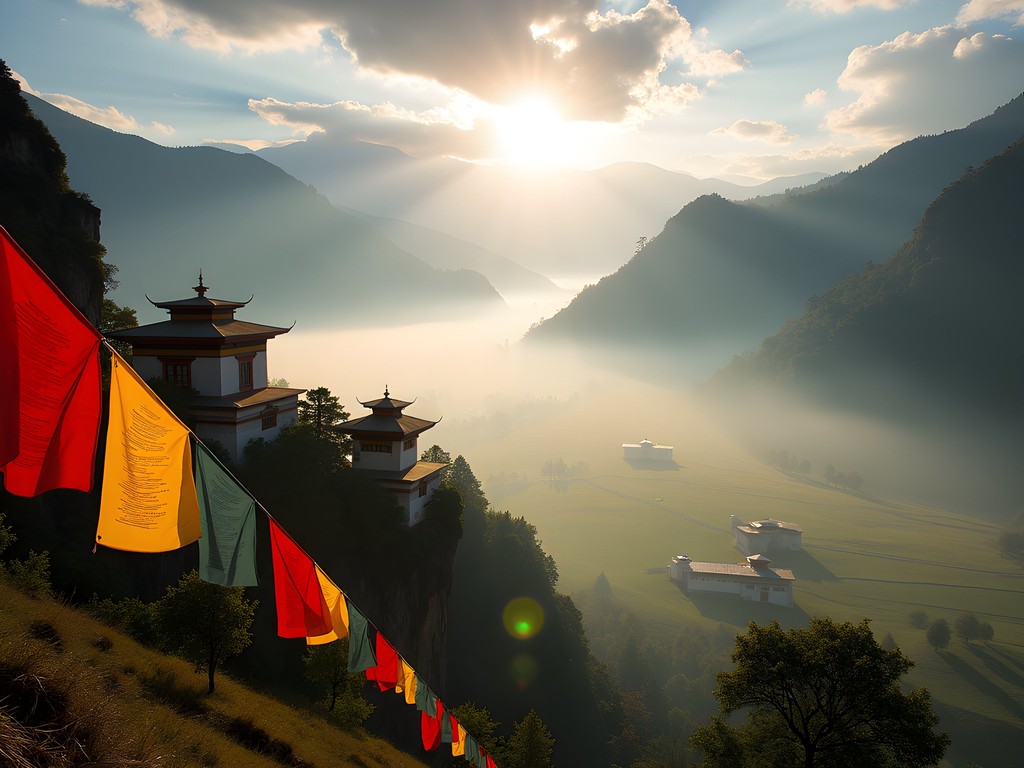
💡 Pro Tips
- Always walk clockwise around temples and sacred structures (following the direction of the kora)
- Remove shoes before entering any temple and never point your feet toward altars or sacred objects
- Ask permission before photographing monks, rituals, or temple interiors
Jambay Lhakhang: Doorway to Ancient Practices
Of all Bumthang's sacred sites, Jambay Lhakhang holds a special place in my heart. Built in the 7th century by Tibetan King Songtsen Gampo, this temple is one of 108 constructed in a single day to subdue a demoness who was preventing Buddhism from spreading across the Himalayas. The numerical significance of 108 – a sacred number in Buddhist cosmology representing the cleansing of the 108 defilements – speaks to the deliberate spiritual geography created across Tibet, Bhutan, and surrounding regions.
During my last visit, I was fortunate to witness the daily morning rituals performed by the resident monks. Arriving before sunrise, wrapped in my merino wool shawl against the spring mountain chill, I sat quietly in a corner as the monks began their chants. The butter lamps' flickering light illuminated ancient murals depicting the dharmapala (protector deities), while the deep resonance of ritual drums and horns filled the space.
The most profound experience came during the annual Jambay Lhakhang Drup festival, held each autumn. The famous 'fire ceremony' (མེ་རྒྱལ་) involves locals running through a burning gate at midnight, symbolically cleansing themselves of negative karma accumulated through the year. While spring visits miss this specific ritual, the temple's potent energy remains palpable year-round.

💡 Pro Tips
- Visit early morning (around 6:00 AM) to witness the monks' daily rituals
- Bring a small monetary offering (ngultrum) to make a butter lamp offering
- Consider hiring a knowledgeable local guide who can explain the iconography and historical significance
Mindful Meditation Retreats in the Buddha's Footsteps
Bumthang offers extraordinary opportunities for meditation practitioners seeking deeper immersion in Vajrayana Buddhist traditions. My personal journey through burnout and subsequent healing through meditation practice in Japan made these experiences particularly meaningful.
The Wangdicholing Meditation Center, established under the guidance of renowned meditation master Dzongsar Khyentse Rinpoche, provides structured retreats ranging from weekend introductions to intensive month-long programs. During my week-long stay, I appreciated how the teachings bridged traditional Bhutanese Buddhist practices with approaches accessible to Western practitioners.
The center's accommodations balance traditional aesthetics with thoughtful comforts. My private meditation cabin featured simple furnishings, proper heating (essential in Bumthang's cool spring evenings), and large windows framing views of the surrounding pine forests. For serious practitioners, I recommend bringing your own meditation cushion as proper posture support is essential during extended sitting periods.
Each morning began with group meditation at dawn, followed by teachings on shamatha (calm abiding) and vipassana (insight) practices. Afternoons included walking meditation through the surrounding forests and personal practice time. The integration of movement with seated practice helped maintain physical comfort while deepening mindfulness throughout the day.
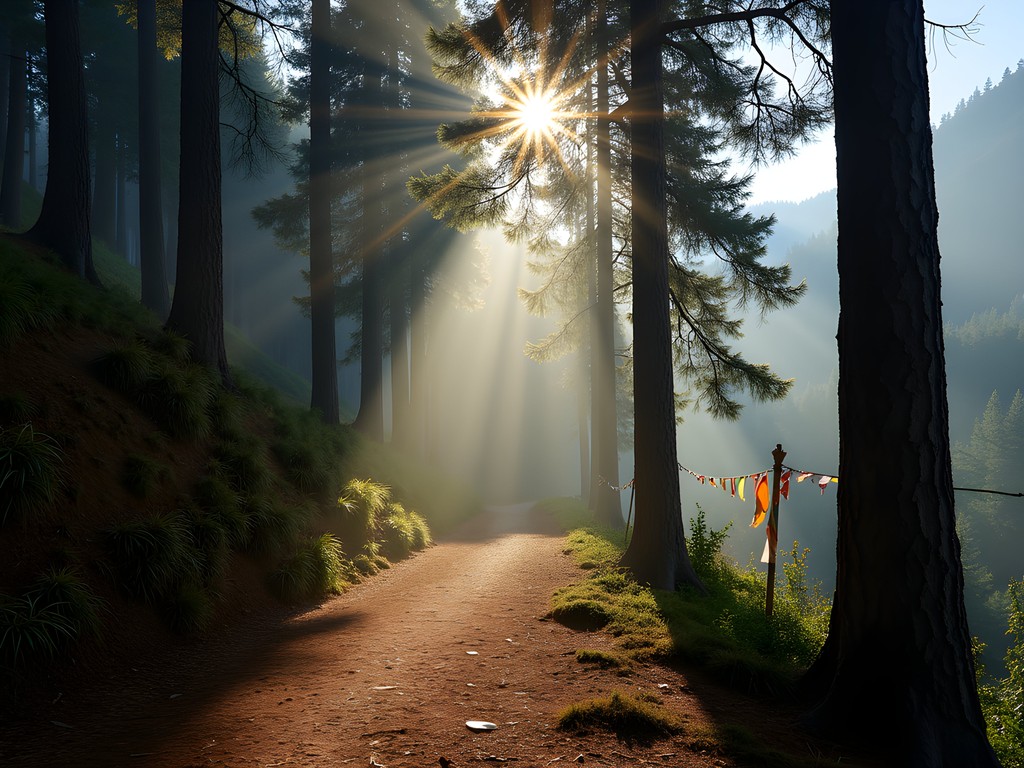
💡 Pro Tips
- Book meditation retreats at least 3-4 months in advance as spaces are limited
- Respect the noble silence periods during retreats, which typically include meal times
- Pack layers as meditation halls can be cool in the mornings but warm up during the day
The Sacred Art of Bhutanese Tea Culture
As someone who has studied tea traditions across Asia, I find Bhutan's unique approach to tea culture fascinating. Unlike the elaborate ceremonies of Japan or the gongfu preparations of China, Bhutanese tea practices reflect the practical spirituality that characterizes daily life here.
In Bumthang, two tea traditions dominate: suja (butter tea) and ngaja (sweet milk tea). Suja, made with tea, butter, and salt, provides essential calories and warmth in the high-altitude environment. The more ceremonial ngaja often accompanies important conversations and guest welcomings.
During my stay at Amankora Bumthang, a luxury lodge nestled in an apple orchard adjacent to Wangdicholing Palace, I participated in a tea ceremony led by a local tea master. We used my travel tea set, which I've carried throughout my tea explorations across Asia, alongside traditional Bhutanese vessels.
The ceremony began with the cleansing of vessels using high-mountain spring water, followed by a moment of silent gratitude. The tea master explained that in Bhutanese Buddhism, mindfulness extends to everyday activities – the preparation of tea becomes a meditation in itself, an opportunity to practice presence and cultivate awareness.
What struck me most was how the tea ceremony embodied the Bhutanese principle of 'chitta' – mindfulness in action. Each movement was deliberate yet natural, refined yet unpretentious. This balanced approach mirrors the Bhutanese middle path between preservation of tradition and pragmatic adaptation.
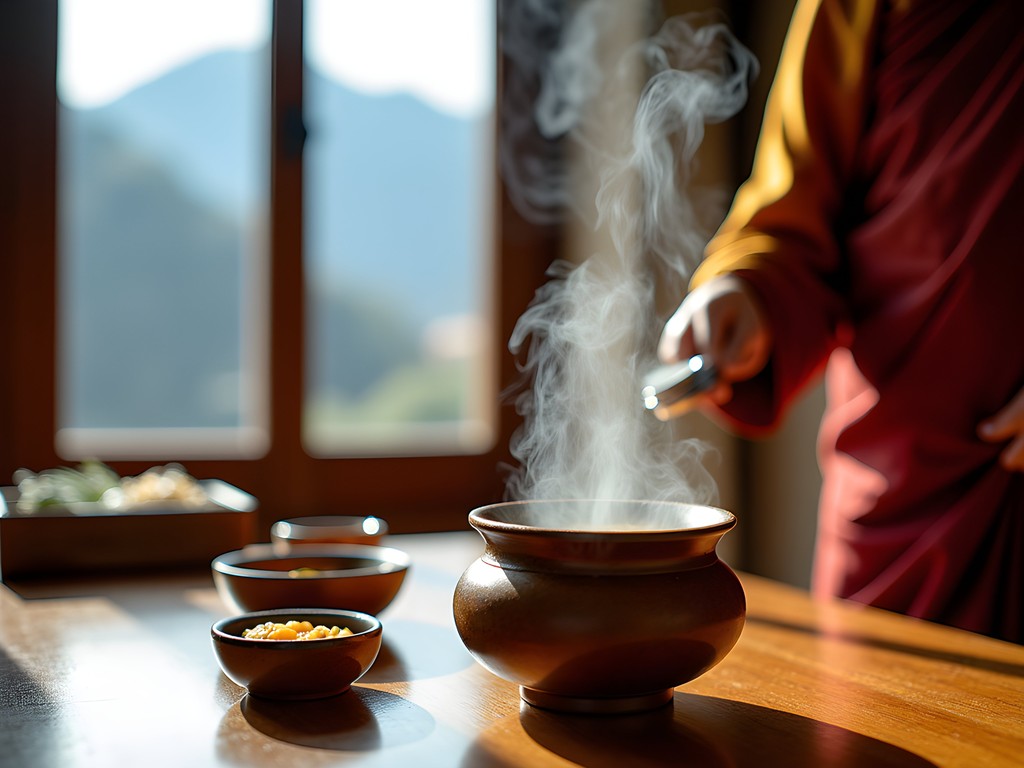
💡 Pro Tips
- When offered tea in a Bhutanese home, accept with both hands as a sign of respect
- Try both suja (butter tea) and ngaja (sweet milk tea) for authentic cultural experiences
- Visit local farmhouses in Bumthang to experience everyday tea culture rather than only tourist presentations
Connecting with Local Spiritual Communities
The most profound experiences in Bumthang come through genuine connections with local spiritual communities. While luxury accommodations provide comfort, the heart of Bhutanese spirituality beats in its villages and monasteries.
Through a connection with my guide Dorji, whose brother is a monk at Kurjey Lhakhang, I received an invitation to join a family blessing ceremony. Arriving at their farmhouse before dawn, I was welcomed into their home where an altar room had been prepared with offerings of fruit, rice, and butter sculptures (torma).
The family lama performed rituals to remove obstacles (དགེགས་བསྐྲད་ - gegdré) and invite prosperity for the coming agricultural season. The ceremony lasted several hours, with family members participating at various points while the lama recited prayers and performed mudras (ritual hand gestures).
What struck me most was how naturally Buddhist practice integrated into family life – children moved in and out of the ceremony, sometimes paying close attention, other times playing quietly nearby. This fluid approach contrasted sharply with the rigid separation of sacred and secular I've observed in many Western religious contexts.
For travelers seeking similar authentic experiences, I recommend bringing appropriate offerings. A silk khata scarf is always appreciated when visiting monasteries or attending ceremonies. These white ceremonial scarves symbolize purity of intention and are traditionally presented to lamas or placed on altars as offerings.

💡 Pro Tips
- Build relationships with your guide who can facilitate authentic local connections
- Respect boundaries around sacred ceremonies - not all rituals are open to visitors
- Learn basic Dzongkha phrases to show respect when interacting with monks and elders
Final Thoughts
As I conclude my seventh day in Bumthang, sitting on the veranda of my accommodation watching the setting sun gild the distant peaks of the Black Mountains, I reflect on the seamless integration of spirituality into daily life that makes this region so extraordinary. Unlike many destinations where sacred sites have become mere tourist attractions, Bumthang offers authentic immersion into living traditions that have remained unbroken for centuries.
The practices I've encountered here – from morning rituals at Jambay Lhakhang to mindful tea ceremonies and family blessing traditions – remind me that spirituality need not be compartmentalized or reserved for special occasions. The Bhutanese approach embodies what the Japanese call seikatsu zen (生活禅) – the zen of daily life.
For couples seeking both luxury and authentic spiritual experiences, Bumthang provides a rare opportunity to step outside the ordinary and glimpse a way of being where the sacred permeates every aspect of existence. Whether you're established meditation practitioners or simply curious explorers, this Himalayan valley offers pathways to deeper connection – with each other, with ancient wisdom traditions, and with your own inner landscape. The journey through Bumthang's sacred geography is not merely a trip but a pilgrimage in the truest sense – one that continues to unfold long after you've returned home.
✨ Key Takeaways
- Bumthang offers authentic immersion into living Buddhist traditions rather than commercialized experiences
- Spring provides ideal conditions for meditation retreats with comfortable temperatures and blooming rhododendron forests
- Connecting with local spiritual communities through a knowledgeable guide creates the most meaningful experiences
📋 Practical Information
Best Time to Visit
March through May (spring)
Budget Estimate
$400-600 per day (luxury accommodations and private guide)
Recommended Duration
7-10 days
Difficulty Level
Moderate (Due To High Altitude And Remote Location)
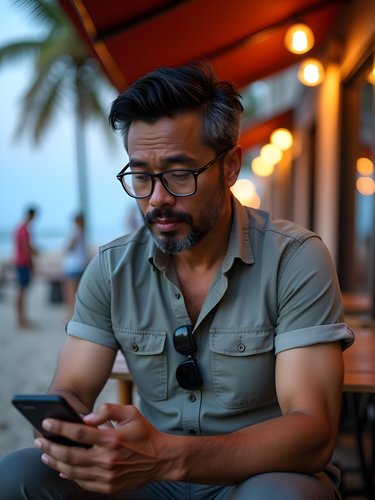
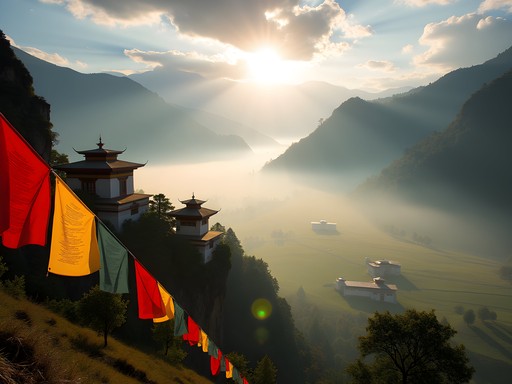
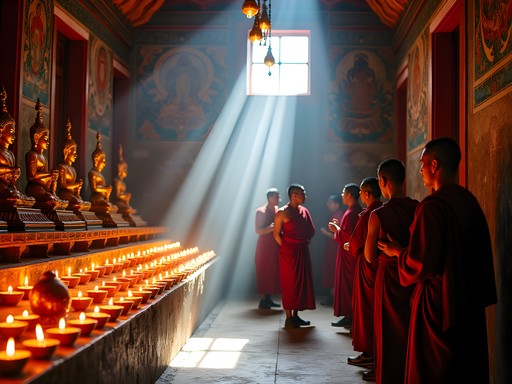
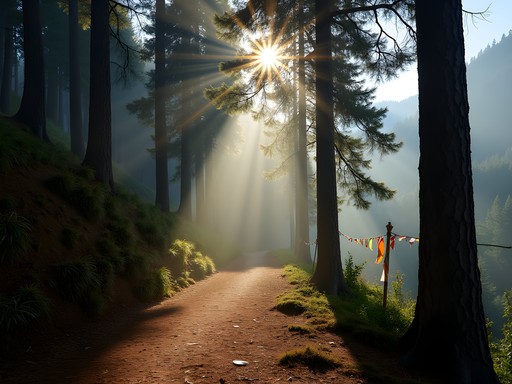
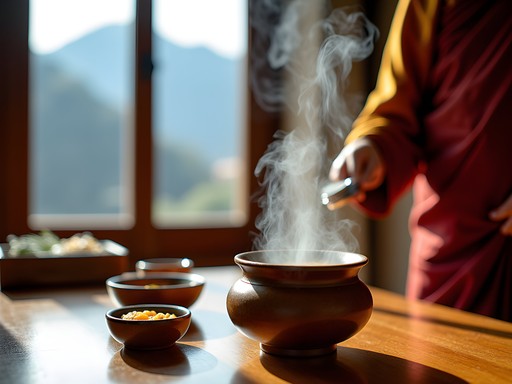
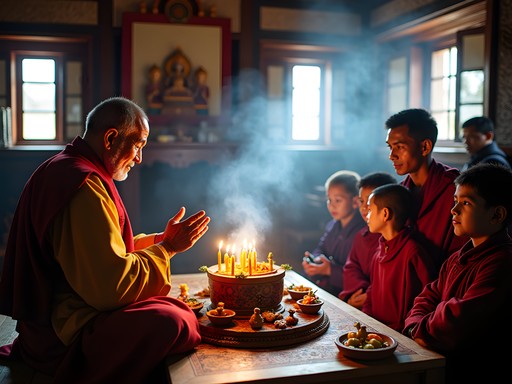


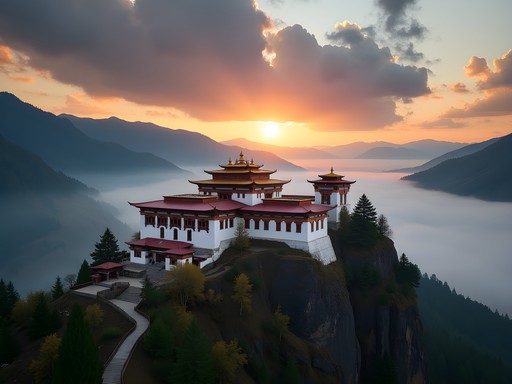
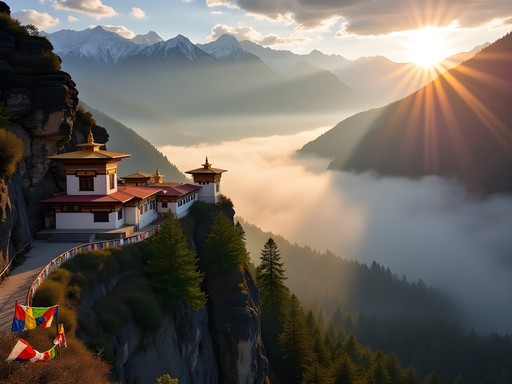





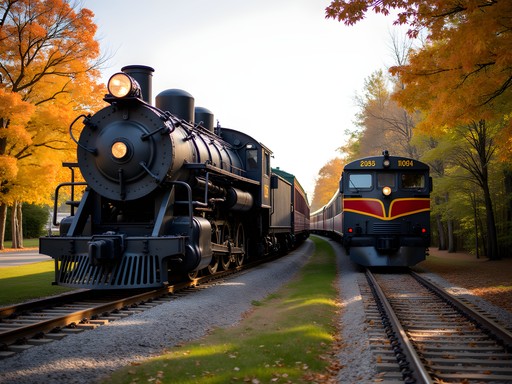
Comments
oceanqueen
Did you need any special permits for the temples in Bumthang? And how difficult was the language barrier?
Nicole Russell
Kenji, your description of the meditation retreat reminded me so much of my own experience in Bumthang two years ago! I spent three days at a small monastery near Kurjey Lhakhang and it was the most centering experience I've ever had. For anyone planning to go, I recommend bringing a meditation cushion as the monastery-provided ones can be quite firm for Westerners not used to sitting for long periods. Also worth noting that many retreats observe noble silence during certain hours - it was challenging at first but became one of my favorite parts of the experience. The silence of Bumthang's valleys is unlike anywhere else I've been.
greenrider
Nicole, how long would you recommend staying for a first-timer? I'm thinking of doing a meditation retreat there next year but not sure if 3 days is enough or too much?
Nicole Russell
3 days was perfect for me as a beginner! The first day is mostly adjustment, second day you start to settle in, third day you finally get comfortable. Any shorter and you might leave just as you're getting into it.
roamace
Those prayer flags against the misty mountains! Stunning photos. Bumthang just moved to the top of my bucket list.
travelbackpacker
The tea culture section was fascinating! I'm planning to visit Bhutan next spring and would love to experience one of those tea ceremonies. Did you need to arrange this in advance or can you find these experiences once you're there? Also curious about how you managed transportation between the temples in Bumthang.
Kenji Kumar
Most guides can arrange tea ceremonies with a day's notice. For transportation, I hired a local driver through my guesthouse - much easier than trying to navigate yourself, especially since some of the temples are in remote locations. The roads can be quite challenging!
travelbackpacker
Thanks for the tip! I'll make sure to arrange a driver. I've read that Bhutan's roads can be an adventure in themselves.
greenrider
I visited Bumthang last year and it completely transformed my perspective on mindfulness. The Jambay Lhakhang temple was exactly as you described - that sense of ancient spiritual energy is palpable. Did you get a chance to participate in any of the traditional butter lamp offerings? Our guide showed us how to make them and explained the symbolism. It was one of those small moments that ended up being the most meaningful part of my journey.
Kenji Kumar
Yes! The butter lamp ceremony was incredibly moving. There's something so powerful about that simple act of offering light. I actually learned the proper way to make them from an elderly monk who spoke very little English - mostly through gestures and smiles.
greenrider
That's beautiful. Those wordless connections often end up being the most profound, don't they?
Nicole Russell
Kenji, I'm planning a solo trip to Bhutan next spring and Bumthang is high on my list specifically for the meditation retreats you mentioned. Which one would you recommend for someone looking for a 3-day experience? I'm fairly experienced with meditation but new to Bhutanese practices. Also, I'm curious about the accommodations near the sacred sites - did you stay in a traditional guesthouse or something more modern? I've been reading guidebook but it doesn't go into much detail about the retreat options.
Kenji Kumar
Hi Nicole! For a 3-day experience, I'd highly recommend the retreat at Kharchu Monastery. They cater well to foreigners with meditation experience while maintaining authenticity. As for accommodations, I split my time between Mountain Lodge (more modern) and a homestay in Jakar (very traditional). The homestay was more immersive but basic - depends what you're comfortable with. Feel free to DM me for more specific details!
explorepro
Nicole, I stayed at a homestay in Jakar too and it was the highlight of my trip! The family taught me how to make momos!
Nicole Russell
Thanks both! Kenji, I'll definitely DM you. And @explorepro - homemade momos sound amazing! Adding that to my must-do list.
photonomad
Those prayer flags against the misty mountains! 😍 Your photos capture the soul of Bhutan. Adding this to my bucket list immediately!
Kenji Kumar
Thank you! The light in Bumthang is a photographer's dream. Morning mist and evening golden hour are magical there.
islandphotographer
Those prayer flags in your photos are stunning! The colors against the mountains... wow!
explorepro
Wow Kenji, your post really transported me back to Bumthang! I visited last year and Jambay Lhakhang was absolutely magical. The butter lamps flickering in the darkness created such a peaceful atmosphere. Did you get to witness any of the monks chanting? That was honestly the highlight of my trip - sitting quietly in the corner while their voices echoed through the temple. Also, that tea culture section brought back memories - the yak butter tea took some getting used to but by the end of my trip I was craving it!
Kenji Kumar
Thanks for sharing your experience! Yes, I was fortunate to witness morning chanting at Jambay Lhakhang - truly transformative. And I'm with you on the yak butter tea... strange at first but oddly addictive by the end!
explorepro
Lucky you! Morning chants are special. Did you try the red rice with any of your tea ceremonies? That combination was my favorite.
Adam Nichols
Kenji, your post captures the ethereal quality of Bumthang perfectly. I spent three weeks there last year researching for my own blog, and the spiritual dimensions of the region are truly unparalleled. The tea ceremony you described reminds me of my experience with a local lama who explained how the ritual embodies the Buddhist concept of impermanence. One practical tip for anyone planning a visit: the altitude in Bumthang (2,600-3,000m) can be challenging if you're coming directly from lower elevations. I found my altitude sickness pills essential during the first few days, especially when hiking to the more remote monasteries. Looking forward to your next post - are you heading to Gangtey next?
Venture X
Premium card with 2X miles, $300 travel credit, Priority Pass